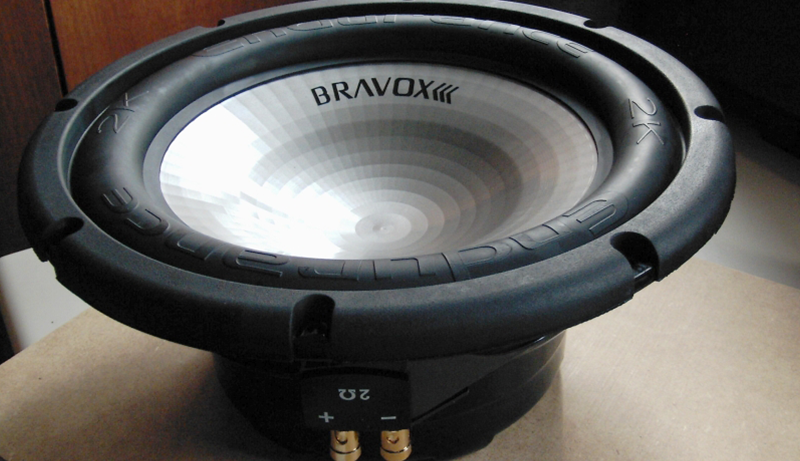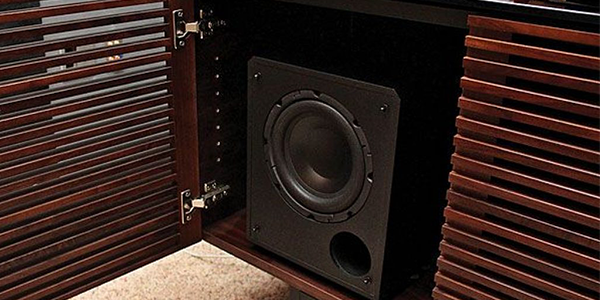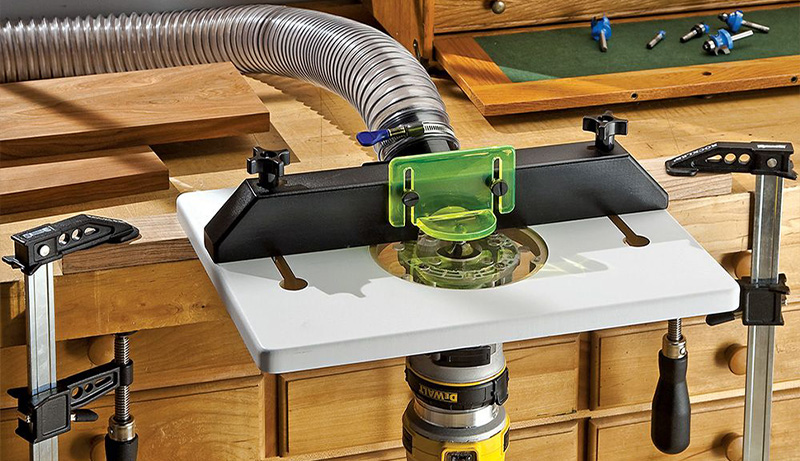Picture yourself relaxingly driving down the street when suddenly a car with these enormous subwoofers starts to play some wonderful bass. The car windows pounding is another indication of its strength.
Subwoofer Break-In is a fantastic method to get the system up and start producing explosive sound. We’ll learn more about subwoofers, the break-in process, and the benefits of doing it in this post.
A Subwoofer’s Body
Prior to learning how the subwoofers function, let’s familiarize themselves with their components.
The suspension system and the motor system can be used to categorize the components.
System of Suspension
- Basket – The basket is the subwoofer’s primary frame. It offers resonance and rigidity, both of which improve the sound in general.
- Dust Cap: By covering the huge hole in the center of the subwoofer, which is where this component is often installed, it protects the components below it. The cone structure is further reinforced by it as well.
- Cone: The cone is the subwoofer’s movable component. The voice coil oscillates back and forth, generating sound waves.
- Surround – As implied by the name, the rubber surround encircles the cone and contributes to the suspension of the subwoofer. This aids in maintaining the cone’s linear motion and center of gravity.
- Spider –The spider is the primary character in this story. This supports the voice coil’s linear movement by suspending the cone and voice coil. They are initially fairly rigid, but during the break-in process, they become more flexible.
- Tinsel Leads – These are electrical wires that connect the Spider’s voice coils to the terminals and transfer current between them.
Motor System
The suspension system is propelled by the motor system using electrical energy. The following are its components:
- The voice coil is the subwoofer’s brain. The former and the coil make up its structure. The coil is held in place by the former, which is made of a cylindrical substance. Often, copper wire or aluminum wire is used to make the coil. The whole system generates alternating current fields when electricity passes through it, pushing and pulling the magnet and eventually, the cone in turn, producing sonic energy. Adhesives, like glue, maintain the coil in place to avoid unwound coil.
- Magnet – The magnet, commonly referred to as the subwoofer’s “muscle,” provides the driving force for the speaker.
- Top Plate – The top plate guides the magnetic flux into the voice coil by resting above the magnet. This preserves the magnetic field needed for motion.
Keeps the magnetic field in the middle is the bottom plate.
Other Elements
Similar to other full-featured audio systems, subwoofers have the following features:
- Preamps
- Power amplifier
- supply of high current
- boards for power amplifiers.
Cabinet for subwoofers
Subwoofers are often mounted within specialized subwoofer boxes. Wooden bits are typically used to make them. The specifications of the subwoofer specified by the speaker manufacturer determine the minimum depth, height, and breadth of the box. The subwoofer’s internal pressure must be withstanding by the box.
Why Include a Subwoofer?
The major question is now. Why should a subwoofer be broken in? So, when we first receive the subwoofers from the store, we receive these really rigid spider components. The suspension system is impacted since it cannot rise and fall as it should. We will be able to enjoy a subwoofer’s deeper sound, higher dynamic range, and higher power once it has broken in.
The resins inside the spider start to soften and break down throughout the breaking-in process, making it more flexible and the surround more pliable. The Free Air Resonance, or Fs, will decrease and the spider will have increased excursion during this period. This is crucial to get the maximum output while using the least amount of power and frequency.
What will occur if I don’t break in?
When we skip breaking in, a few problems might develop besides the difference in sound quality, such as the following:
- Burned or unwound coil – The coil heats up as a result of the stiff spiders creating low excursion, which in turn increases power. The coils may unravel as a result of the heat melting the adhesive.
- Ripped or Torn Suspension – Suspension that has been ripped or torn because the spider is too tight to move. This increases the chance of ripping over time.
How to Correctly Break In a Subwoofer
A subwoofer may be broken in in a number of ways. To use the optimum method, it would be wise to review the manufacturer’s instructions.
Option 1
- Verify your connection to make sure the correct wire is connected to the correct port.
- Get some music! At this moment, classical music is not acceptable! employ tracks with deep bottom that are rhythmic, continuous, and have repeating transients.
- Play for 15 minutes at a moderate volume to get the spiders warmed up. This starts the resins and esters in the suspension to become more labile.
- Phase 1: Primary Break-In, sometimes known as the “dinner period”! Here, the system will be turned up quite high for two hours. The supper phase is when you wish to leave the house or the car with your loved ones while still keeping the system on. Following that, you may anticipate changes in your system as it will be able to play considerably louder and reach lower octaves to provide the deep, rich bass sound. Manufacturers of subwoofers claim that a 4dB difference between the two states of operation was detected.
- Phase 2: is the last phase of break-in. For 10 to 12 hours, we keep the system at a lower volume. The extra 2dB of gain from doing this, which results in greater excursion with less power use, is a bonus.
Option 2
While this is less important, it is substantially longer than the last example.
- Play your preferred music for two to three weeks at a volume between low and medium.
- The suspension gets more flexible as the Fs decrease, and you can hear the difference in the sound.
- You can adjust the gains to your preferences after two to three weeks, at which point you can listen at regular volume settings.
Option 3
For subwoofers used in “Free Air” or outside of an enclosure:
- You may build a rig to hold the subwoofer and make sure the system has sufficient, unhindered airflow.
- Play a sine sweep at low frequency around its pre-break-in Fs for 20–24 hours, often around 30Hz–60Hz.
- Play a 40Hz tone if your tone generator app is unable to achieve this.
- After the suspension settles in, start playing at a low power level and gradually raise it.
Reduce damage
To prevent harm to the subwoofer, it is necessary to keep an eye on the amplifier’s clipping and excursion levels. Turn the system off right away if you notice a burning glue smell, the amplifier clipper light beginning to flash, or strange noises beginning to appear.
Duration of Break-In
As previously said, it can take anything from one whole day to weeks, depending on the procedure. Simply be aware of the Fs; it is already stable; and congrats on a job well done!
Music to Entertain People
It won’t work to play music songs with occasional or inconsistent bass. Reggae with bass loops that are rhythmic is recommended music. Avoid listening to classical music; after the break-in period, you’ll be able to appreciate it more.
Last Words
Would you want to break in your subwoofers, ask yourself once more? Definitely yes should be the response. The break-in procedure would aid in loosening the resins and esters in the spiders, which would ultimately benefit the user by consuming less power and allowing for more excursion. It can also boost product safety by preventing overheating and tearing. Although the process can seem difficult and frightening at first, you can anticipate a better audio experience. With that, start up the bass!






Leave a Reply